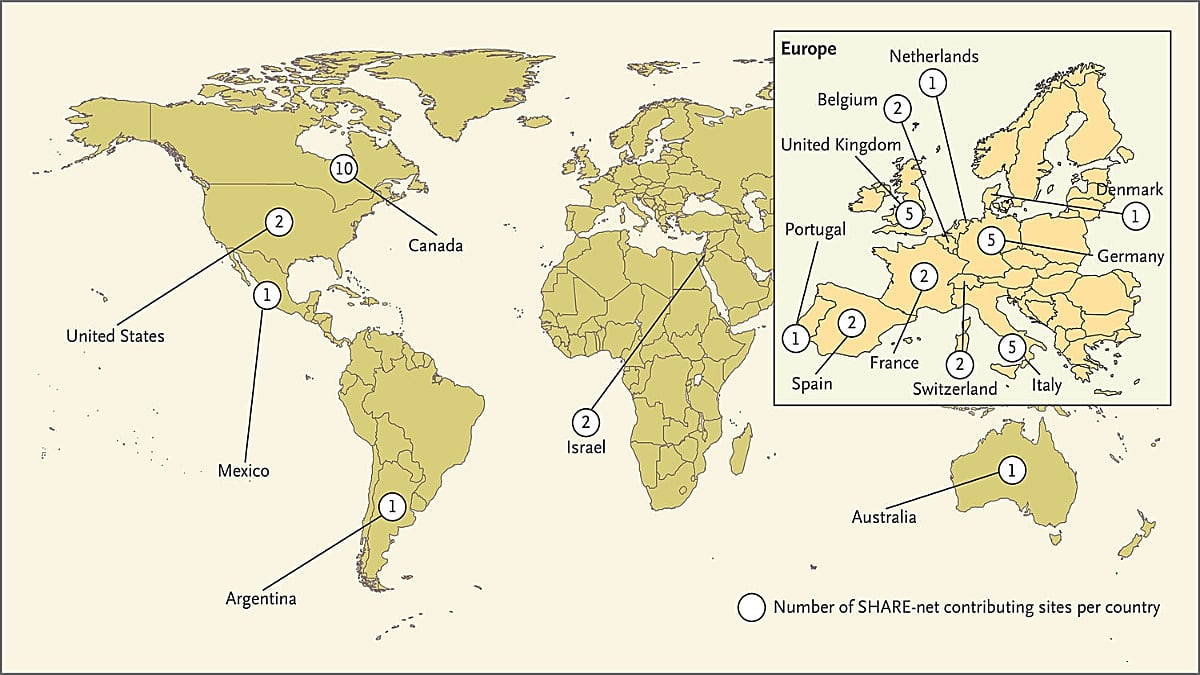Monkeypox, also generally called Mpox, has recently seen an upsurge in cases across the world, most significantly in the Democratic Republic of the Congo (DRC). Is it going to be another pandemic?
The WHO Director-General Dr Tedros Adhanom Ghebreyesus recently declared Monkeypox a public health emergency of international concern (PHEIC), under the International Health Regulations 2005 on Aug. 14, 2024 (via WHO). The decision came after a meeting of an IHR Emergency Committee consisting of independent experts to review data presented by experts from WHO and affected countries. But does a PHEIC equal a pandemic?
According to the current stance of WHO, Monkeypox is not classified as a pandemic. For a disease to be considered a pandemic, it must be spread across multiple countries and continents, have a high level of illness and mortality, and involve new pathogens to which the global population has little or no pre-existing immunity. As of Aug. 2024, the global risk of Monkeypox is considered moderate outside of Africa.
However, it remains a serious health concern, and preventive measures must be taken to avoid spreading the disease. The European Centre for Disease Prevention and Control said on Friday, Aug. 16, that the potential of additional imported Monkeypox cases from Africa is “highly likely,” but the chances of local outbreaks in Europe are low. (via AP News)
How does monkeypox spread?
Unlike the recent COVID-19 pandemic that took the global population with a devastating impact, Monkeypox is not an airborne virus. It spreads only through physical contact with the infected or by using soiled clothes, bedsheets, utensils, and other items of personal use. However, the newly found strain of the monkeypox virus spreading in Africa and neighboring countries is found to be sexually transmissible as well.
Additionally, Monkeypox is a zoonotic disease, meaning it can be transmitted from animals to humans, particularly in regions where the virus is endemic. The virus is currently considered endemic to countries in central and west Africa. The disease originated in Africa, was neglected there, and later caused a global outbreak in 2022. With its history in mind, the current state of its spread calls for an emergency worldwide, demanding immediate international action to prevent its spreading.

